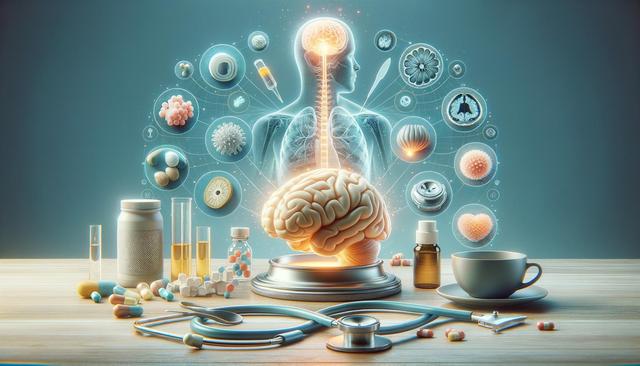Understanding Stroke Therapy
Stroke therapy involves various treatment approaches designed to help individuals regain their independence and improve their quality of life after a stroke. This multifaceted process often combines medication, physical therapy, and psychological support to address the diverse challenges faced by stroke survivors. The primary goal is to restore as much function as possible, enabling individuals to perform daily activities independently. To achieve this, it is essential to tailor therapy programs to meet the unique needs of each patient, taking into account the severity of the stroke and the specific areas of the brain affected.
Physical Rehabilitation Techniques
Physical rehabilitation is a cornerstone of stroke therapy, focusing on restoring mobility and strength. Common techniques include physiotherapy, which helps improve muscle coordination and balance. Patients may engage in exercises such as stretching and strength training to regain motor skills. Additionally, specialized equipment like walking aids and assistive devices may be used to facilitate movement. It’s essential for therapists to monitor progress closely and adjust exercises to ensure continued advancement. In some cases, advanced technologies, such as robotic-assisted therapies, have shown promise in accelerating recovery.
Speech and Cognitive Therapy
For many stroke survivors, speech and cognitive therapy are vital components of their recovery journey. Speech therapy aims to improve communication skills, often impaired due to stroke-related damage to language centers in the brain. Techniques may include repetition exercises, language games, and the use of communication devices. Cognitive therapy focuses on enhancing memory, attention, and problem-solving abilities. Therapists might employ puzzles, memory exercises, and computerized programs to stimulate cognitive functions. Tailoring these therapies to the individual’s specific needs ensures more effective outcomes.
Psychological and Emotional Support
Emotional well-being is an integral part of stroke recovery, as individuals may experience challenges such as depression or anxiety. Psychological support can include counseling sessions, support groups, and stress-management techniques. Engaging with others who have undergone similar experiences often provides comfort and encouragement. Therapists also work on building resilience, helping patients and their families cope with the emotional impact of a stroke. This holistic approach ensures that patients receive comprehensive care, addressing both physical and emotional needs.
Advancements in Stroke Therapy
Ongoing research and technological advancements continue to shape the future of stroke therapy. Innovations such as virtual reality and teletherapy offer new ways to deliver effective treatments. Virtual reality can create immersive environments for patients to practice movements, while teletherapy enables remote access to expert guidance. These advancements increase accessibility and provide flexible options for continued therapy. Researchers are also exploring regenerative medicine, aiming to repair damaged brain tissue and improve recovery outcomes. Staying informed about these developments is crucial for patients and practitioners alike.
Conclusion
Stroke therapy is a vital pathway to recovery, offering a lifeline for individuals seeking to regain their independence. By understanding the diverse components of stroke therapy, patients can make informed decisions about their treatment plans. Physical, speech, cognitive, and emotional therapies work together to create a comprehensive approach, tailored to individual needs. As advancements continue to emerge, the potential for improved recovery outcomes grows, providing hope and new possibilities for stroke survivors everywhere.
